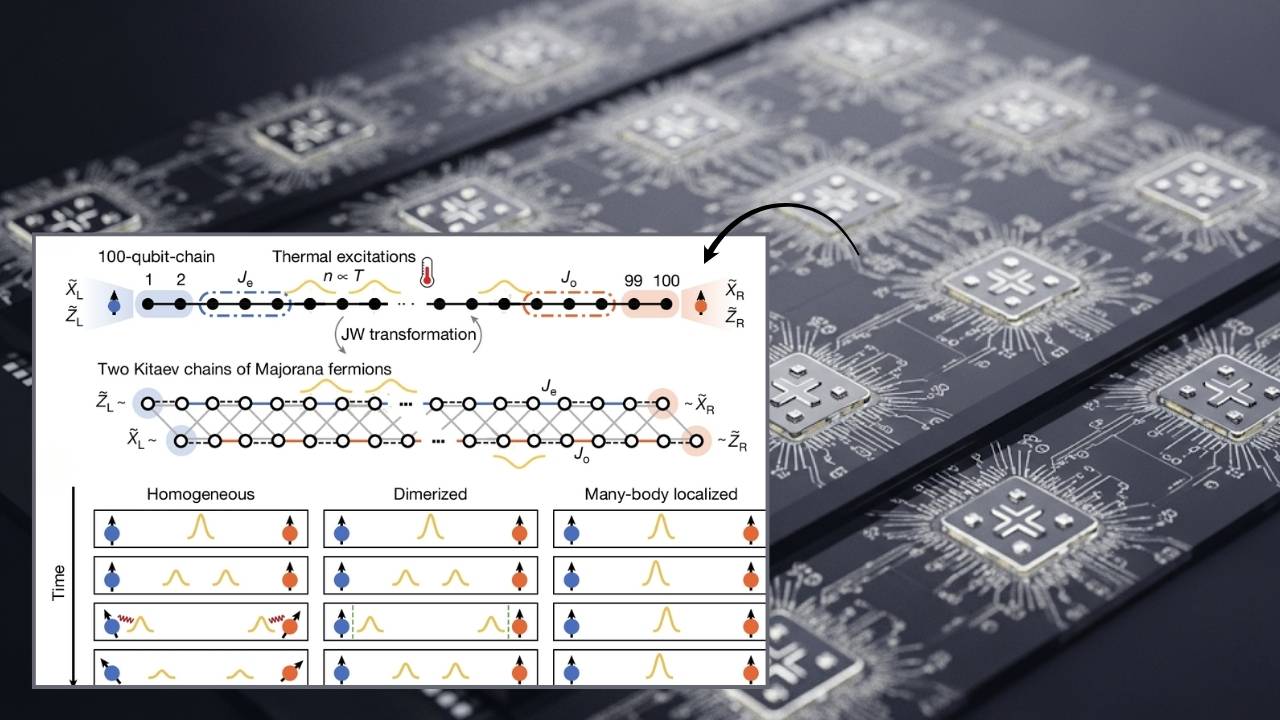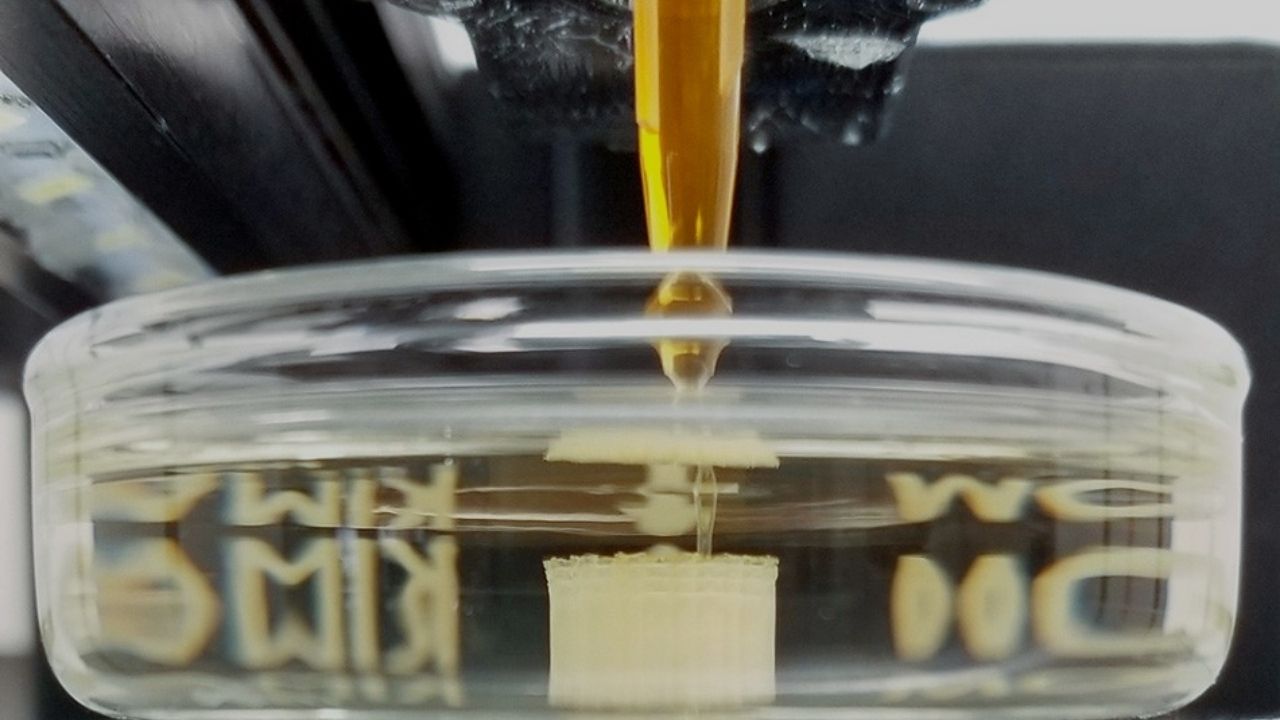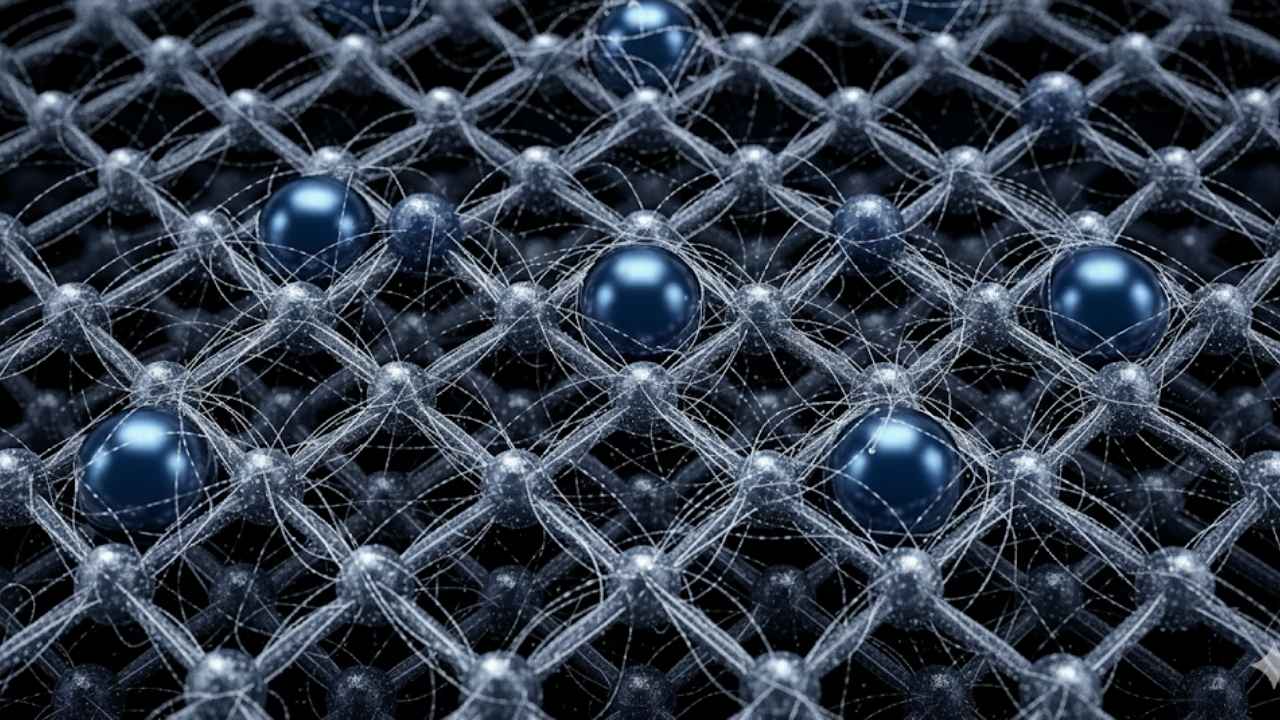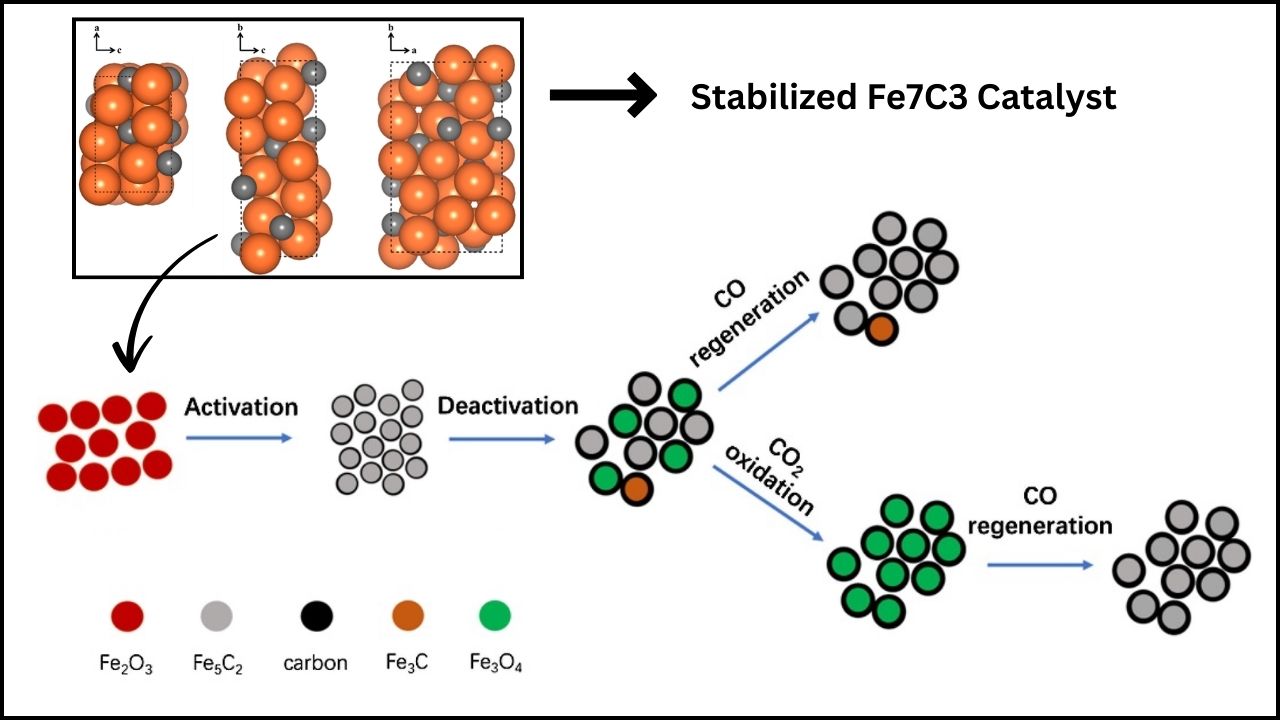Perovskite lasers, an exciting emerging technology, are on the brink of revolutionizing the world of optoelectronics thanks to a new additive method developed by researchers. This breakthrough significantly improves the performance and stability of perovskite lasers, pushing them closer to practical, real-world applications such as advanced communications, wearable devices, and integrated photonics. In this article, we will explore what perovskite lasers are, how this additive method works, why it matters, and what it means for the future of technology.

What Are Perovskite Lasers?
Perovskites are a class of materials known for their remarkable optoelectronic properties—meaning they can convert light into electricity and vice versa with exceptional efficiency. Originally famous for their use in solar cells, these materials have recently gained attention for applications in light-emitting diodes (LEDs) and lasers.
Perovskite lasers produce coherent light through a process called stimulated emission. Compared to traditional semiconductor lasers, perovskite lasers offer advantages like:
- Low-cost and solution-based manufacturing, making them easy to produce.
- Color tunability, covering a broad spectrum of visible and near-infrared light.
- Compatibility with flexible and lightweight devices.
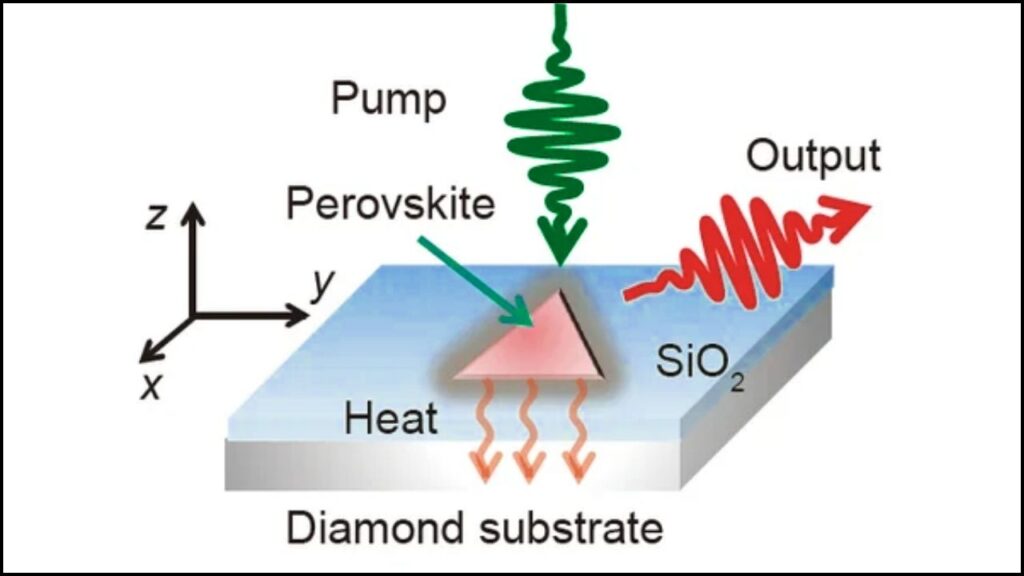
However, until now, perovskite lasers have struggled with rapid performance degradation and instability, especially under continuous or near-continuous operation. This has limited their use in next-generation devices that require reliable and efficient lasers.
How the New Additive Method Changes the Game
Researchers from Zhejiang University have developed a simple yet revolutionary additive technique that enhances the quality and stability of perovskite lasers. This method involves adding a volatile ammonium additive during the manufacturing process. The additive induces a special “phase reconstruction” in the perovskite film, eliminating unwanted low-dimensional phases that cause rapid loss of charge carriers.
Why is this important? In perovskite lasers, one key challenge has been Auger recombination—a process where excess energy is lost too quickly, preventing sustained lasing.

The new additive method reduces Auger recombination by ensuring the formation of a pure 3D perovskite crystal structure with longer-lived charge carriers.
With this approach, researchers achieved:
- A record-low lasing threshold of approximately 17.3 μJ/cm²,
- A high-quality factor of 3850,
- Efficient lasing under quasi-continuous nanosecond pumping,
- Performance far surpassing previous perovskite lasers operating at room temperature.
This significant step forward opens the door to perovskite lasers that work closer to true continuous-wave (CW) lasing, which is crucial for practical devices.
New Additive Method Transforms Perovskite Lasers
| Feature | Details |
|---|---|
| Innovation | Volatile ammonium additive induces phase reconstruction in perovskite films |
| Performance Achieved | Lasing threshold: 17.3 μJ/cm²; Quality Factor (Q): 3850 |
| Stability | Maintains pure 3D perovskite structure with reduced Auger recombination |
| Operating Condition | Near-continuous nanosecond optical pumping at room temperature |
| Applications | Flexible/wearable optoelectronics, integrated photonics, silicon photonic chips |
| Research Institute | Zhejiang University |
| Reference | Phys.org |
The new additive method transforming perovskite lasers marks a pivotal advancement in the journey toward next-generation optoelectronics. By solving long-standing issues of instability and carrier loss, this innovation allows perovskite lasers to achieve record-low thresholds and near-continuous operation at room temperature.
This breakthrough paves the way for cost-effective, versatile, and efficient laser sources that could revolutionize telecommunications, wearable devices, and integrated photonic systems. As research progresses, we edge closer to a future where perovskite lasers become a cornerstone of modern optical technologies.
Why Does This Matter for Next-Gen Devices?
Lasers are indispensable in modern technology—from fiber optic communications and medical instruments to sensors and consumer electronics. Perovskite lasers offer a path to cheaper, more versatile laser sources that can be integrated with existing silicon-based electronics and flexible substrates.
Benefits for Next-Gen Technology Include:
- Lower manufacturing costs: Perovskite materials can be processed in solution at low temperatures, reducing expensive fabrication steps.
- Integration flexibility: Their compatibility with silicon and flexible substrates allows use in photonic chips and wearable devices.
- Performance efficiency: Lower thresholds translate to less power consumption and longer device lifetimes.
- Scalability: The additive method is simple and compatible with large-scale production techniques like spin-coating.
Together, these factors make perovskite lasers closer to commercial viability, with applications potentially ranging from high-speed optical communication to health monitoring wearables and next-level AR/VR displays.
A Detailed Guide: Understanding the Additive Method Breakthrough
1. The Challenge of Perovskite Lasers Before the Breakthrough
Perovskite lasers require maintaining a delicate crystal structure to allow stimulated emission. But imperfections and low-dimensional phases cause carrier loss mechanisms such as Auger recombination and nonradiative decay. This reduces the efficiency and stability of perovskite lasers, especially under continuous excitation, which is needed for practical use.
2. Introduction of the Volatile Ammonium Additive
By introducing a carefully selected volatile ammonium compound during the annealing (heating) process of the perovskite film, the researchers triggered a phase transformation. This process results in a pure 3D perovskite phase, eliminating the low-dimensional byproducts that act as electronic traps.
3. Improved Carrier Lifetime and Reduced Loss
The refined crystal phase sustains longer lifetimes for the excited charge carriers (electrons and holes). This directly suppresses unwanted Auger recombination, allowing the laser to maintain a stable optical gain for longer periods and at lower energy thresholds.
4. Building the Vertical-Cavity Surface-Emitting Laser (VCSEL)
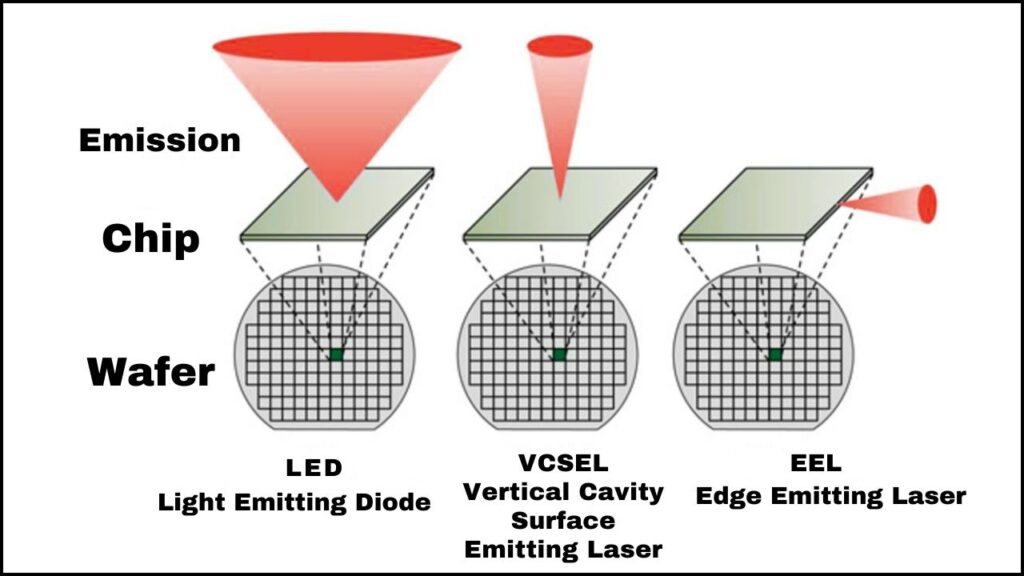
With the improved material, the team fabricated a single-mode VCSEL, which demonstrated high optical quality (high Q factor) and efficient stimulated emission at near-continuous nanosecond pulses—closer than previous designs to real continuous lasing.
5. Real-World Implications and Next Steps
This development is a bridge towards the holy grail of electrically pumped perovskite lasers, which require CW operation. Further research will focus on integrating these materials with electrical contacts and improving device architectures to realize practical applications.
Practical Advice for Industry and Researchers
- Material Optimization: Work with volatile ammonium additives specific to your perovskite formulations to achieve phase purity.
- Low-Temperature Fabrication: Embrace solution processing for scalable, cost-efficient manufacturing.
- Device Design: Consider cavity structures like VCSELs for enhanced mode control and efficiency.
- Testing for Stability: Perform long-term and accelerated aging studies under realistic operating conditions to verify performance.
Lasers Used To Push Crystal Vibrations To Their Quantum Ground State
New Timed Laser Method Lets Scientists Hit ‘Pause’ on Ultra-Fast Silicon Melting
Peacock Feathers Turn Into Living Lasers — Nature’s Weirdest Tech Yet
FAQs About New Additive Method Transforms Perovskite Lasers
What is a perovskite laser?
A perovskite laser uses a special class of materials called perovskites, which have unique crystal structures ideal for efficient light emission. These lasers are lightweight, tunable, and potentially low-cost alternatives to traditional lasers.
How does the additive method improve perovskite lasers?
The additive method introduces a volatile ammonium compound during processing, which changes the crystal phase to a purer 3D form and reduces defects that cause energy loss, improving laser stability and efficiency.
Why is continuous-wave (CW) operation important?
CW operation means the laser runs continuously rather than in short pulses, which is essential for many practical applications like communication and sensing.
Are perovskite lasers commercially available today?
While perovskite LEDs have made progress, perovskite lasers are still emerging technologies. This breakthrough is a key step toward making them commercially viable.
What industries will benefit from this technology?
Telecommunications, consumer electronics, healthcare (wearables and sensors), display technology, and integrated photonics will see major benefits.
